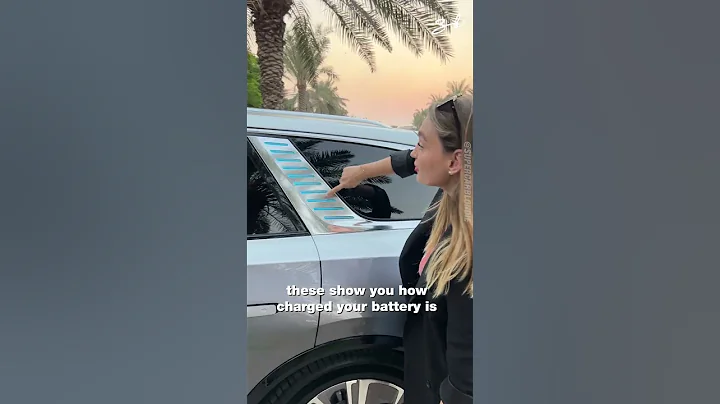Last time, we talked about the mysterious meaning of the letter "Z" in tire specifications. I think everyone suddenly realized after reading it. So today we continue to talk about another mysterious group of letters in the tire specifications-FR. For example, a colleague who is a Camry owner in the office recently, his Camry tire specification is 215/60R16-95V (low-to-medium version)

. However, his original car tires were worn out and when he wanted to change the tires, he accidentally saw it. In the tire brochure, he found that the tires are also 215/60R16 specifications. The specific text on the tires is: 215/60R16-95V-FR. Compared with the original car tires, there is a group of "FR" words, so he is guilty. Whispered.
The rim was scratched or injured when I didn't pay attention to it.
In fact, in some tire sequences, FR means "the tire has the ability to protect the rim". The rim is what we commonly call the "wheel hub". In the process of driving, some novice drivers, especially in the operation of side parking, often cause the side of the wheel to scratch the curb due to unskilled driving skills.

Of course, this is not just the novice driver. Sometimes, the road lighting is poor at night, especially at night when it is rainy, because the rain absorbs light, the lighting effect is even worse. Coupled with the fogging of the glass, some old drivers will accidentally scratch the side of the wheel against the road teeth. This kind of scratching of
is particularly easy to cause scratches on the side of the tire. If it is serious, the edge of the wheel will directly contact the road teeth, resulting in damage to the edge of the wheel. Sometimes, if the damage is serious, it is really difficult to repair. The key is to see that the wheel hub of my love is scratched, which is a reluctance in my heart!
Rim protection is a good thing!
So how to prevent the edge of the wheel from being "disfigured" when it touches the road teeth? In fact, it is not difficult to say, nothing more than improving driving skills, or using certain methods to protect the edge of the wheel hub. The content of improving driving skills is beyond our scope of discussion, so today we will talk about the latter method. It is the "rim protection design" of the tire.

The so-called "rim protection design" tires are usually the ring on the sidewall close to the edge of the wheel hub. The rubber is especially thickened so that after the tire is installed on the wheel hub, this ring clearly protrudes from the edge of the wheel hub. In this way, even if the wheel is accidentally scratched against the curb, it will only be the "protection strip" on the side of the tire that will be injured. It is difficult to get the wheel "hidden in the protection strip". There are two types of
rim protection:
Of course, there are two types of rim protection design. The one mentioned above is the more mainstream one. The other type of rim protection is not just simply "making a protective strip near the edge of the wheel", but the entire side of the tire is "thickened and glued" to achieve a "flattening" effect. Make a thickened plane out of the ground. The tires with rim protection design like

usually have thicker sidewalls, and the overall strength of the side of the tire is relatively better (compared to be more resistant to skin), and the weight of a single tire is often heavier (the rubber material will be more reason).
But don't rely too much on the rim protection
. It can't stop the impact of

. Of course, the tires are rubber products after all. No matter how thick the rim is protected, it is useless to encounter very serious side impact. So if you really care about the damage of the car wheel, you can actually try the traditional iron wheel, although it is uglier, it is also very comfortable. The iron wheel itself has high strength and hardness, and the skin is strong and resistant. It doesn't have a mentality to touch it. At most it will lose a little paint... Anyway, I am a firm iron wheel fan!











